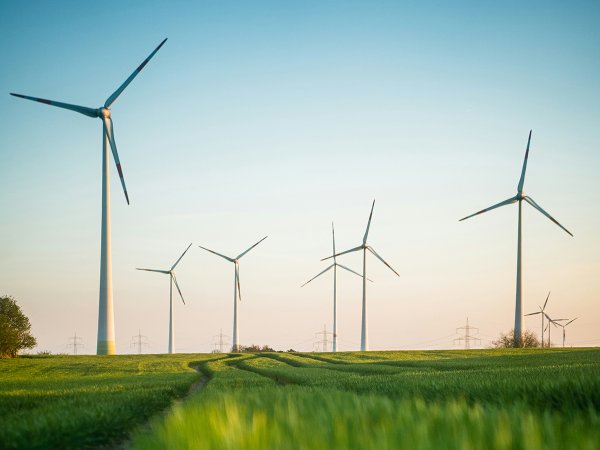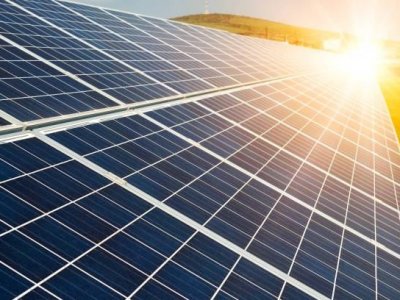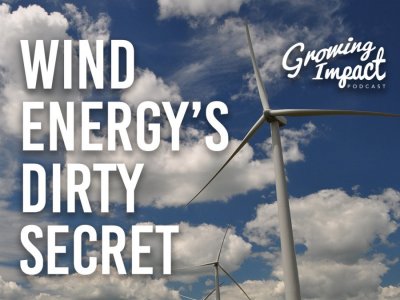Wind energy is a powerful and abundant renewable resource. It could hold the key to a cleaner and more sustainable future. But harnessing its full potential requires overcoming a crucial hurdle: efficiently transmitting electricity generated by wind farms to the power grid. The challenges associated with connecting onshore and offshore wind farms may be able to be addressed through a groundbreaking technology—Hybrid Multi-Terminal Direct Current (MTDC) grids—poised to revolutionize renewable energy integration.
The vast wind resources of the US Midwest stand in stark contrast to the high energy demands of large cities on the east and west coasts. Bridging this geographical gap requires long-distance transmission of electricity. Here, high-voltage direct current (HVDC) transmission emerges as the superior choice compared to traditional alternating current (AC) transmission, particularly over long distances due to its ability to minimize energy losses.
However, within the realm of HVDC transmission, two distinct technologies dominate: line-commutated converter (LCC) and voltage-sourced converter (VSC). LCC, the preferred option for overhead transmission, boasts established fault current control capabilities and exceptional power ratings. Conversely, VSC excels in subsea cable transmission, making it the go-to technology for integrating deep offshore wind farms.
The crux of the challenge lies in seamlessly integrating these two disparate systems into a unified grid.
The current generation of MTDC systems relies solely on either LCC or VSC technology for all terminals, limiting power ratings in onshore stations. Hybrid MTDC grids, a revolutionary approach, address this limitation by strategically combining the strengths of both LCC and VSC. LCC's high power handling capabilities make it ideal for onshore applications, while VSC's superior controllability and ability to function with weak grids render it perfect for integrating offshore wind farms. This innovative hybrid approach paves the way for efficient and large-scale integration of both onshore and offshore wind resources, unlocking the true potential of wind energy.
The success of Hybrid MTDC grids in achieving high renewable energy penetration hinges on several key factors. Firstly, LCC terminals connected to onshore wind farms must be equipped to operate effectively under weak grid conditions. Secondly, robust control coordination between LCC and VSC terminals for power sharing is essential. This ensures autonomous power distribution among healthy converters even when others experience outages. Third, DC-side fault current management through full-bridge modular multilevel topology for offshore terminals in coordination with onshore LCC terminals. Finally, the development of novel control strategies is crucial to provide frequency support to the grid in the event of wind farm loss.
The implementation of Hybrid MTDC grids offers many techno-economic advantages that will significantly impact the global energy landscape. Enhanced grid reliability, a direct consequence of the multiple terminals within the system, is a major benefit. Furthermore, MTDC grids can reduce the generation capacity required across different AC areas by leveraging load diversity, minimizing the need for reserve power. This translates to a significant reduction in the curtailment of renewable energy sources, a common practice employed to maintain grid stability when renewable energy production exceeds demand. Also, MTDC grids can smooth out the inherent variability associated with renewable energy generation by aggregating power at converter stations. These combined benefits contribute to a more stable and efficient power grid.
Beyond the technical advantages, Hybrid MTDC grids offer significant economic benefits. The ease of maintenance associated with these systems translates to lower operational costs. Moreover, the ability to facilitate power exchange between geographically distinct AC areas opens doors for the creation of new market mechanisms within the global energy sector, fostering competition and potentially driving down energy prices for consumers.
By overcoming the challenges associated with integrating geographically dispersed wind resources, Hybrid MTDC grids hold immense potential to revolutionize the way we harness renewable energy. This groundbreaking technology promises a future powered by clean and reliable energy, paving the way for a more sustainable and secure energy infrastructure for generations to come. The successful implementation of Hybrid MTDC grids represents a crucial step towards a future powered by the wind, a future brimming with clean energy and a healthier planet.
Nilanjan Ray Chaudhuri is a faculty member in the Institute of Energy and the Environment and an associate professor of electrical engineering. His research includes power system dynamics and control, wide-area monitoring systems, application of power electronics in power systems, online system identification, FACTS, HVDC, renewable energy systems, distributed energy, and demand side response.
This blog post was created from a transcript of an interview of Chaudhuri by Kevin Sliman, the communications manager for the Institute of Energy and the Environment. Chaudhuri and Sliman worked together to develop the blog post.






